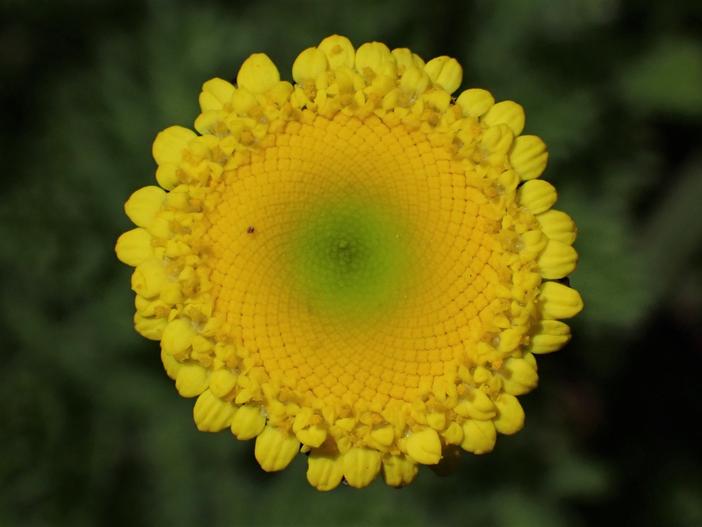Big Yellow Moon
(Cotula lineariloba)
Big Yellow Moon (Cotula lineariloba)
/
/

Krzysztof Ziarnek, Kenraiz
CC BY-SA 4.0
Image By:
Krzysztof Ziarnek, Kenraiz
Recorded By:
Copyright:
CC BY-SA 4.0
Copyright Notice:
Photo by: Krzysztof Ziarnek, Kenraiz | License Type: CC BY-SA 4.0 | License URL: https://creativecommons.org/licenses/by-sa/4.0 | Uploader: Kenraiz | Publisher: Wikipedia Commons











Estimated Native Range
Summary
Cotula lineariloba, commonly known as Big Yellow Moon, is an evergreen perennial herb native to the grassy slopes and open areas of South Africa, particularly in regions such as Lesotho and KwaZulu-Natal. It typically grows to a height and width of approximately 5 feet (1.5 meters), forming a dense, mounded clump. Big Yellow Moon is characterized by its fine, linear leaves and bright yellow, daisy-like flowers that bloom in spring, providing a showy display that can add a splash of color to any garden setting.
This plant is valued for its vibrant yellow blooms and its ability to thrive with minimal care, making it a popular choice for rock gardens, borders, and as ground cover in warm climates. It is drought-tolerant once established, which makes it suitable for xeriscaping. In cultivation, Big Yellow Moon prefers full sun exposure and can tolerate a range of soil types, provided they have good drainage. While it is generally low-maintenance, it can be susceptible to root rot if overwatered or planted in poorly drained soils. It is not known to have aggressive roots or significant disease problems, but it should be monitored for common pests such as aphids.CC BY-SA 4.0
This plant is valued for its vibrant yellow blooms and its ability to thrive with minimal care, making it a popular choice for rock gardens, borders, and as ground cover in warm climates. It is drought-tolerant once established, which makes it suitable for xeriscaping. In cultivation, Big Yellow Moon prefers full sun exposure and can tolerate a range of soil types, provided they have good drainage. While it is generally low-maintenance, it can be susceptible to root rot if overwatered or planted in poorly drained soils. It is not known to have aggressive roots or significant disease problems, but it should be monitored for common pests such as aphids.CC BY-SA 4.0
Plant Description
- Plant Type: Herb
- Height: 0.5-2 feet
- Width: 1-5 feet
- Growth Rate: Moderate
- Flower Color: Yellow
- Flowering Season: Spring
- Leaf Retention: Evergreen
Growth Requirements
- Sun: Full Sun
- Water: Medium, Low
- Drainage: Medium
Common Uses
Bee Garden, Bird Garden, Butterfly Garden, Hummingbird Garden, Low Maintenance, Showy Flowers
Natural Habitat
Grassy slopes and open areas in South Africa, particularly in regions such as Lesotho and KwaZulu-Natal
Other Names
Common Names: Brass Buttons
Scientific Names: , Cotula lineariloba, Cotula sericea, Tanacetum linearilobum,
GBIF Accepted Name: Cotula lineariloba (DC.) Hilliard